Back to work – truing roughsawn oak by hand
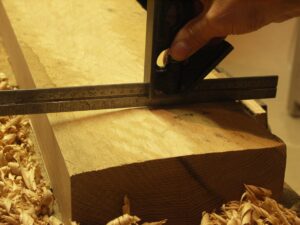
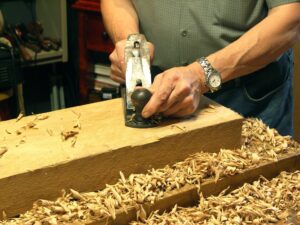
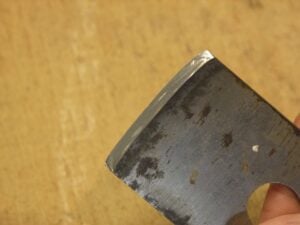
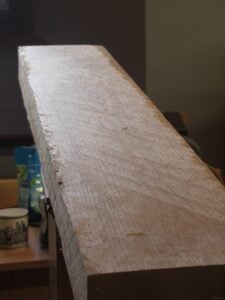
I always use winding sticks to check for the amount of twist. This takes out any guesswork and gives me the exact amount of stock I need to remove to correct the problem. Of course the curved cutting edge is rough-cut level only and subsequent shaving with the regular # 5 1/2 bench plane.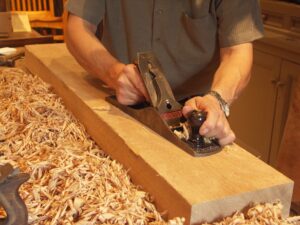


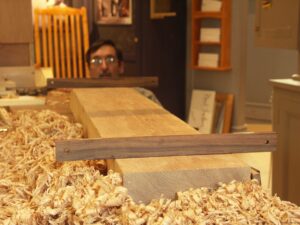
Nice clear post. What is “white oak” and where is it from? Is it air dried? kiln dried?
Living in the USA for 23 years, I used white oak and much preferred it over red. It has smaller, closer cells and looks and responds much the same way as English oak. Most North American oaks supplied through the large conglomerates will of course be kiln dried and this is kiln dried I think, judging by the way it responds in the cut.
Just googled white oak, Quercus alba from Eastern US. Out of interest why use that rather than British oak? Seems an interesting philosophical decision to work with hand tools yet be involved in the mass movement of foreign timber.
Some things are doable, some not. I have stock of white oak and also oak from Poland. In dealing with timber distributors here, I have become suspicious. On two occasions I asked for specific British oak and shown piles I had previously been told were from France. In the same way if I ask for say Welsh-grown oak, the labels are switched. It’s a difficult one really, but I also have no knowledge of home grown methods, whether these are sustainable. Also, I have no problem with machines at all. I use them and have used them throughout my life. The reason I focus on hand tools and their use is primarily because the skills are being lost and forgotten. At the present rate of decline, I anticipate that most hand tool skills will be gone and lost from memory in 50 years, yet the methods work well for those woodworkers I am trying to reach. I don’t care too much about industry, but I do care about the faults it incurs and passes on to we woodworkers trying, striving, to find the balance whereby we ease our workload with machines, yet preserve the ancient crafts and the years within which some of the finest woodworking ever existed, which to my view has radically declined in the post First World War years. Today, we see the worst quality of woodworking ever and we are losing the next generation of woodworkers.